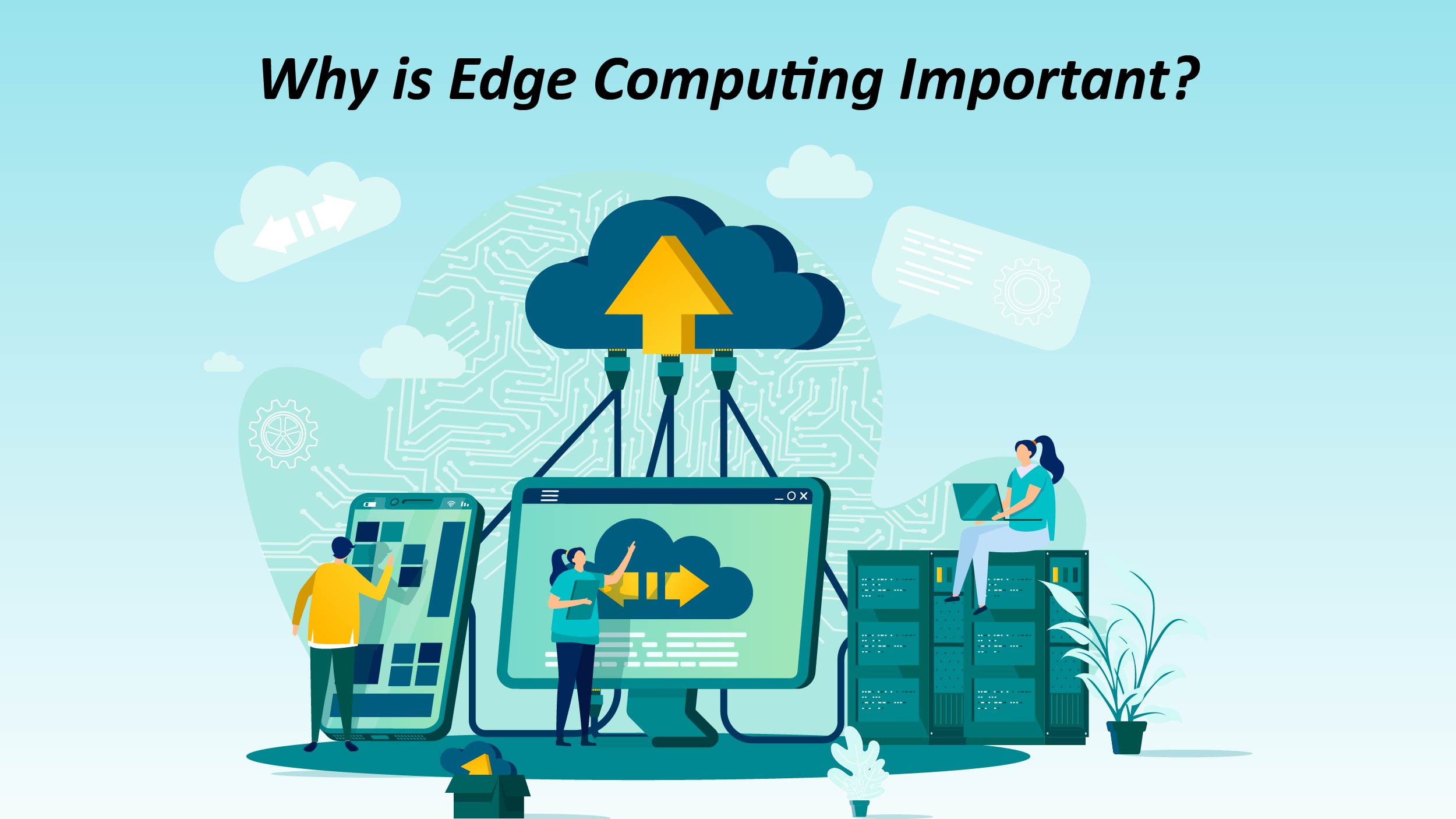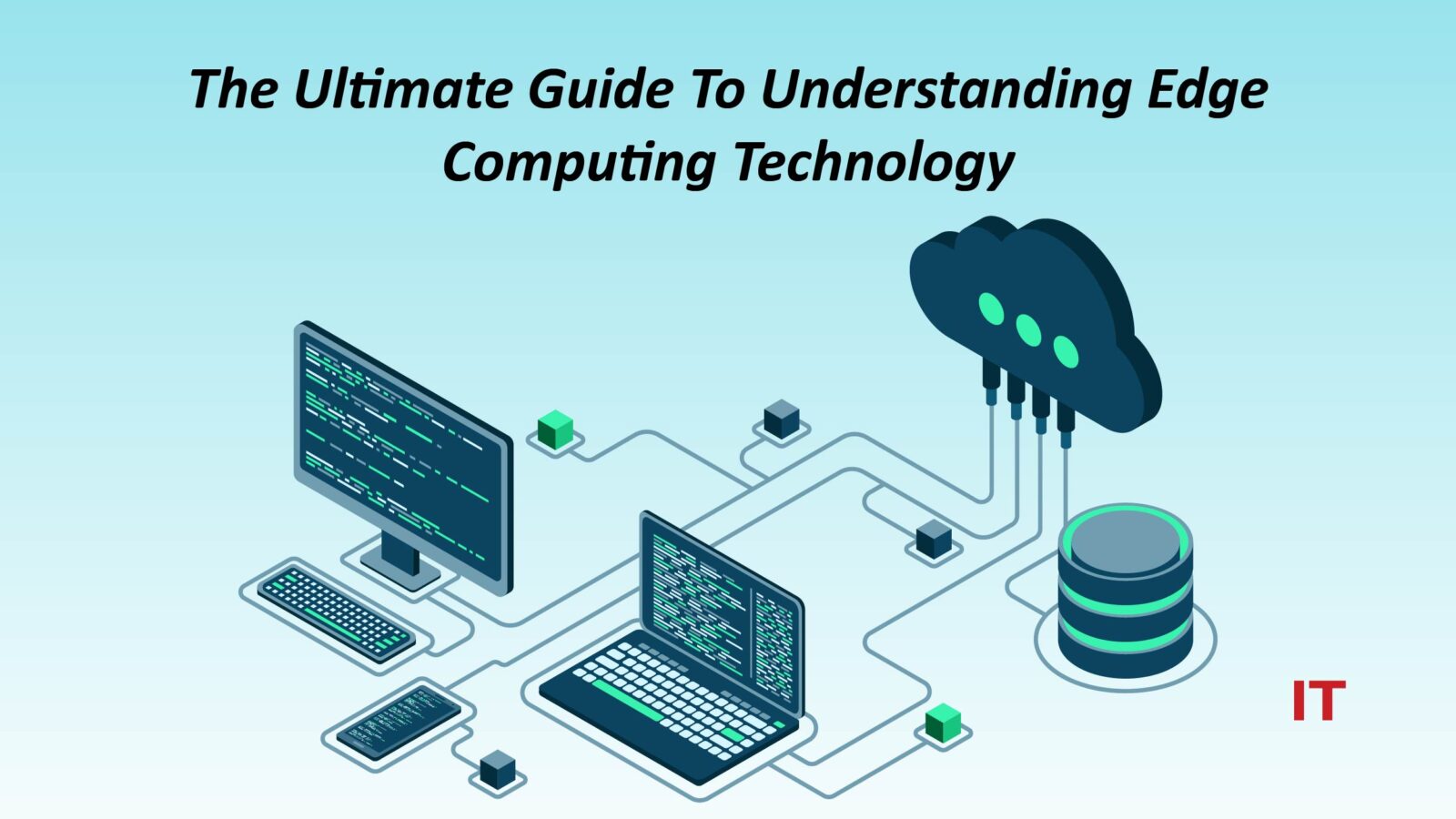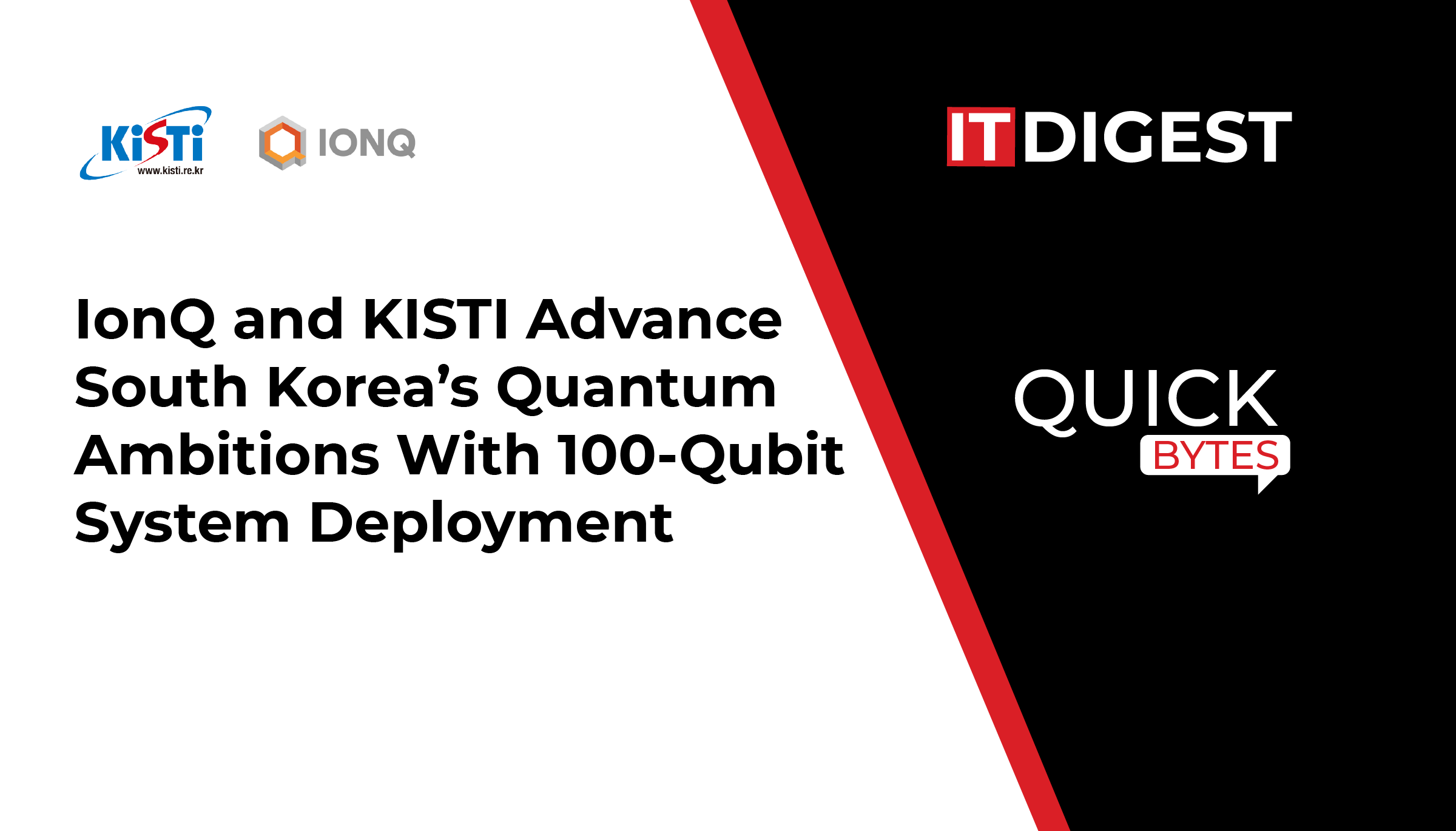Do you remember those bulky computers from the past? They’ve evolved significantly, becoming smaller yet more powerful. While big data warehouses and server farms used to be the go-to for high-speed computing, attention has shifted to the cloud – think Netflix and Spotify, which rely on offsite storage.
However, cloud computing poses a challenge: data must travel long distances, leading to delays. This is where edge computing comes into play. This brings computing power closer to users, akin to having a personal mini-computer nearby. This reduces wait times and enhances efficiency. Let’s delve into this fascinating technology further.
What is Edge Computing?
Edge computing revolutionizes computing by placing storage and processing capabilities closer to the network’s edge, near users, devices, and data sources. Unlike the traditional centralized model, which relies on distant data centers, this approach ensures faster, real-time data processing, leading to immediate, action-oriented results.
This methodology offers distinct advantages over centralized, on-premise data centers. By decentralizing computing, companies can optimize physical assets and cultivate innovative human experiences. Applications span various sectors, from self-driving cars and autonomous robots to smart equipment data analysis and automated retail systems.
Also Read: Exploratory Data Analysis: A Hands-On Approach to Data Exploration
Here, we find different parts that help it work effectively.
- Edge Devices: These everyday devices, such as smart speakers, watches, and phones, collect and process data locally while interacting with the physical world. Whether it’s Internet of Things (IoT) devices, point of sale (POS) systems, robots, vehicles, or sensors, any device that performs local computation and communicates with the cloud can be classified as an edge device.
- Network Edge: While computing doesn’t require a separate “edge network” to operate, it can be situated on a router or individual edge devices. However, when a distinct network is utilized, it acts as a mediator between users and the cloud. This is where the importance of 5G technology comes into play, as it offers robust wireless connectivity with low latency and high cellular speeds. This opens up exciting possibilities such as autonomous drones, remote surgery or telesurgery, and smart city projects, where rapid response times are crucial.
- On-Premises Infrastructure: These systems manage local operations and facilitate connections to the network. They encompass a range of components, including servers, routers, containers, hubs, or bridges.
In essence, this computing technology represents a forward-looking approach that brings computing power closer to where it’s needed. As a result, it ensures faster data processing and unlocks a multitude of innovative applications.
Why is Edge Computing Important?
 Edge computing is crucial because it enables critical data processing and system functionality at the source, such as hospitals, factories, and retail locations, where low latency and network independence are paramount. This technology has the potential to revolutionize businesses across various industries, driving proactive and adaptive operations in real-time, leading to enhanced customer engagement, optimized production, and streamlined back-office functions. Moreover, according to Statista, there will be an estimated 75 billion IoT devices worldwide by 2025. Given this exponential growth, there is a pressing need to shift computing to the edge in order to effectively manage and process the vast amounts of data generated by these devices.
Edge computing is crucial because it enables critical data processing and system functionality at the source, such as hospitals, factories, and retail locations, where low latency and network independence are paramount. This technology has the potential to revolutionize businesses across various industries, driving proactive and adaptive operations in real-time, leading to enhanced customer engagement, optimized production, and streamlined back-office functions. Moreover, according to Statista, there will be an estimated 75 billion IoT devices worldwide by 2025. Given this exponential growth, there is a pressing need to shift computing to the edge in order to effectively manage and process the vast amounts of data generated by these devices.
By seamlessly integrating digital capabilities into physical environments, edge computing enhances retail experiences, facilitates worker training and collaboration with machines, and fosters the development of smart, safety-focused environments. It empowers companies to deploy applications with the utmost reliability, real-time responsiveness, and data requirements on-site, accelerating innovation, expediting product and service launches, and unlocking new revenue opportunities.
What are the Drawbacks of Edge Computing?
 Edge computing comes with certain drawbacks that businesses must consider:
Edge computing comes with certain drawbacks that businesses must consider:
- Increased Attack Vectors: The proliferation of “smart” devices like edge servers and IoT devices introduces new opportunities for malicious attacks, expanding the potential attack surface and posing security risks.
- Requirement for Local Hardware: It necessitates more local hardware to perform tasks traditionally handled by centralized data centers. For instance, IoT devices may require more sophisticated computing capabilities to execute complex algorithms locally, leading to increased hardware costs.
- Hardware Dependency: While dropping hardware costs make it more feasible to deploy edge computing solutions, businesses still need to invest in hardware infrastructure, which can be a significant upfront expense.
- Management Complexity: Managing a distributed network of edge devices adds complexity to system administration, including monitoring, maintenance, and troubleshooting.
- Data Privacy and Compliance: Storing and processing data locally at the edge raises concerns about data privacy and compliance with regulations, particularly in industries with stringent data protection requirements.
Despite these drawbacks, it offers significant benefits in terms of latency reduction, improved performance, and enhanced scalability, making it a valuable technology for many use cases.
Final Takeaway
Edge computing shifts computation and data storage closer to data sources, resulting in faster response times and bandwidth savings. This paradigm offers benefits like real-time decision-making, improved data security, and innovative applications such as autonomous drones and smart cities. With advancements like 5G, edge computing gains even more power, offering high-speed wireless connectivity and seamless integration with the cloud. As organizations embrace this technology, they unlock opportunities for faster, more efficient, and highly responsive operations.
































